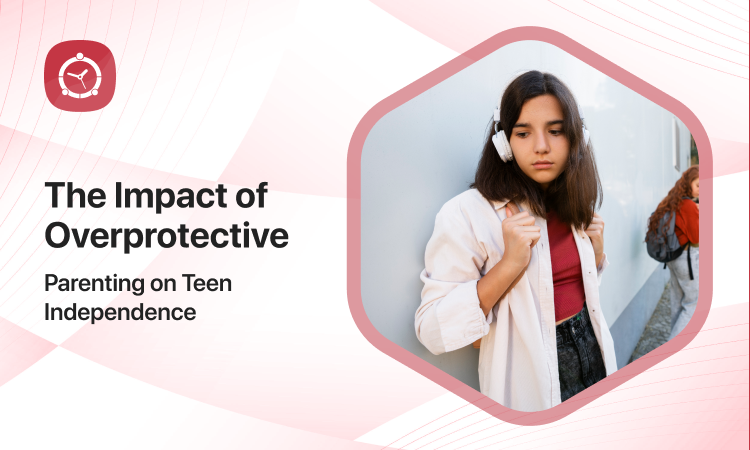Parental control becomes more difficult when your child becomes a teenager and wants to argue, right? I know … But know that this is extremely normal and starts at 10/11 years old.
However, at this age, the teenager is still very connected and exposed in the digital world. In addition, he is still developing socioemotional skills, and it is more challenging to control time or not to become addicted to a cell phone.
The FamilyTime team believes that parental control can be talked and agreed with all of the family, giving priority to safety. At the same time, there are rules that need to exist, even if there is no total agreement.
To understand how to talk to your teen who is resistant to parental control, check out four super special tips!
- Test the questions backwards
“But you take away my freedom!” “I want to talk to my friends in privacy” “Nothing is going to happen, you’re overreacting.”
These and other phrases will be common when you talk about parental control for your teenager. So a good strategy is to ask him what he would do instead:
“Okay, but what would you do to make sure the screen time doesn’t overflow?”
“At what times do you think cell phone use should be released?”
Asking these and other questions to the adolescent open space for dialogue and for him to put himself in your place. With this, you show some important points of parental control and help your child to understand the need for this monitoring.
- List the issues to be discussed about parental control
There are things that are rules from the moment you decide to implement them in creation. Parental control does not need to be discussed with the child, but you can talk and explain point by point why you decided to carry out this control.
For this conversation, take advantage and list a series of ideas and information that can be combined with the teenager, such as:
- Connection days and screen time;
- Activities and schedules to fit into the routine of use;
- Moments for family time;
- Blocked websites and apps.
The adolescent’s participation in a good match ensures that he is heard and gives an opinion on parental control, even though the monitoring itself is not discussed.
- Test the agreements and make adjustments for better parental control
After you decide the times and uses of the screens with parental controls, test these points for a certain period and, if necessary, make the necessary adjustments. Thus, monitoring can be even more efficient for both.
- Avoid the ban and talk about the use
Prohibiting often works in the short term but not in the medium or long term. Instead of banning the use of cell phones, for example, opt for a dialogue about screen time and specific times.
Guidance can be better than deprivation of use, so advise your child about practices, responsibilities, dangers and what is acceptable and what is not acceptable in the online world. In addition, team them that in situations of exposure, contact with strangers or any interaction that causes discomfort, the ideal is to talk to the mother and father about the issue.
Extra tip: take advantage of monitoring to learn more about your child’s world. Knowing which apps he downloaded, for example, you can sit next to the teenager and ask about the app, creating strong connections and bonds between you! You can also check the list of downloaded apps with the use of a parental control app such as FamilyTime. So get one for you and your teens.
Did you like these tips? Share this content with your colleagues!
Also, take the opportunity to download the app from Google Play or the Apple Store!








